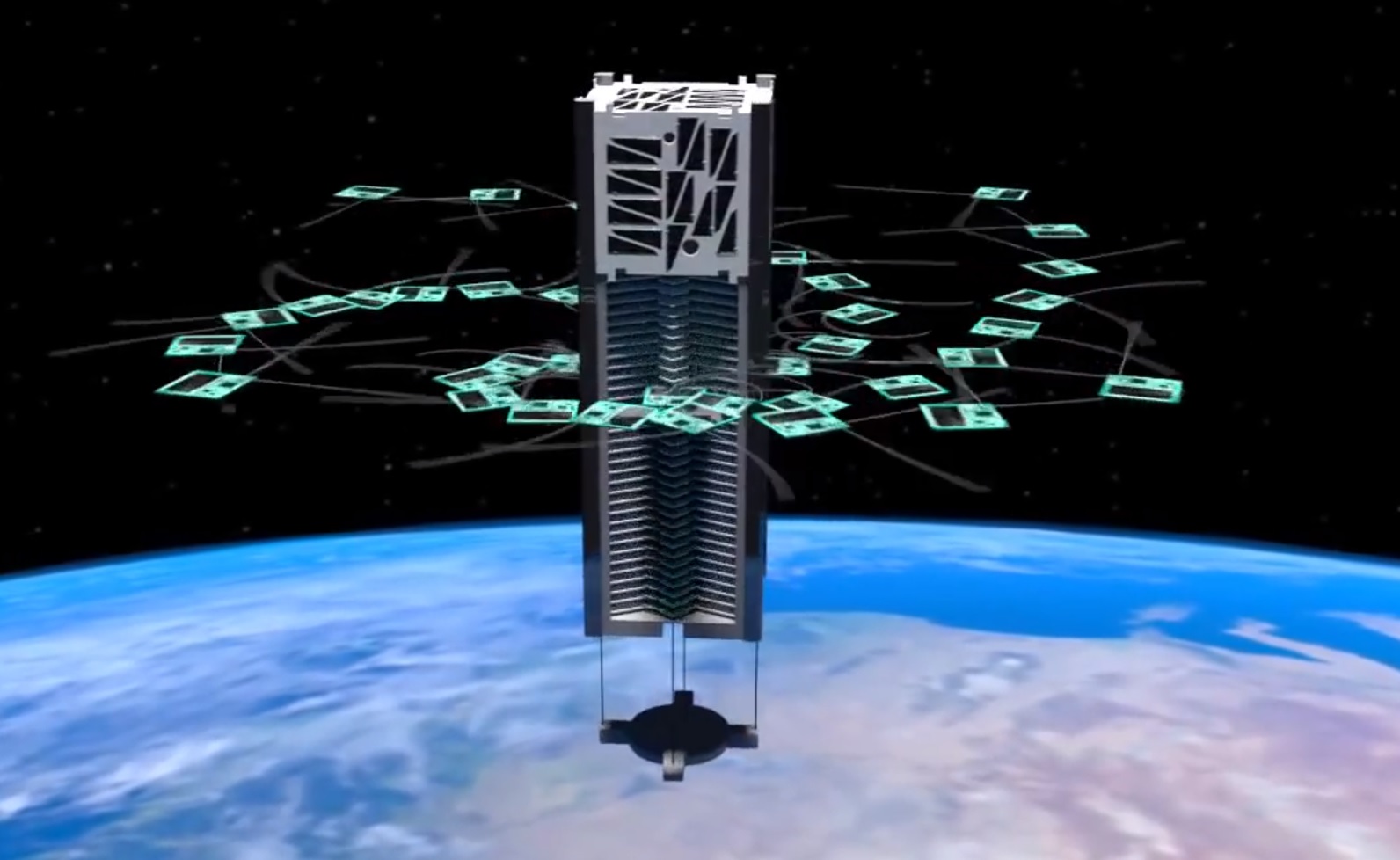NG-10 Cygnus departs ISS to perform secondary mission
/Northrop Grumman’s NG-10 Cygnus spacecraft has departed the International Space Station after three months at the orbiting complex.
Loaded inside the disposable cargo freighter is 2,500 kilograms of trash and unneeded equipment. Cygnus is now set to perform a two-week free-flight mission to deploy three CubeSats, according to NASA.
“Cygnus will continue supporting education research and the growing space economy even after departs our orbiting laboratory, deploying several CubeSats and performing investigations after departure for several weeks for commercial and government customers," said Canadian Space Agency astronaut and Expedition 58 Flight Engineer David Saint-Jacques. "It’s great to see the teamwork between NASA, commercial entities and so many people in so many countries to make all of this happen.”
Using Canadarm2, ground controllers unberthed Cygnus from the Earth-facing port of the Unity module in the early-morning hours of Feb. 8, 2019. It was released from the outpost several hours later by NASA astronaut and Expedition 58 Flight Engineer Anne McClain at 16:16 UTC.
Following its release, it performed a departure burn to move away from the outpost. Over the next two weeks, the spacecraft will move to a higher orbit to deploy two CubeSats via the NanoRacks External Cygnus Deployment Program. The spacecraft are the United Arab Emirates’ MySat-1 and the U.S. Naval Research Laboratory’s CHEFSat satellite.
MySat-1 is the first UAE payload deployed by NanoRacks. It is an educational mission designed to take photos of the UAE and test a new lithium-ion battery.
CHEFSat, which stands for Cost-effective High E-Frequency Satellite, is designed to test and prepare consumer communications technology for space use, specifically a consumer-grade radio frequency device, according to NASA.
Once those two are deployed, Cygnus is then expected to lower its orbit below that of the ISS to deploy a technology demonstrator called KickSat-2, which carries 100 even smaller spacecraft called femtosatellites.
According to NASA, each femtosatellite includes a power, sensor and communications system on a printed circuit board that is about 3.5 centimeters square.
“These deployments demonstrate additional commercial activity and technology advancements enabled by the partnerships forged through the orbiting laboratory and the potential for future opportunities,” reads a NASA statement.
KickSat-2 is expected to deploy the 100 “ChipSats” at an altitude of about 325 kilometers. The altitude, according to NASA, was chosen to to mitigate debris concerns. Such a low orbit isn’t expected to last long before atmospheric drag pulls the femtosatellites back into the atmosphere, destroying them.
NASA said a successful KickSat-2 demonstration mission would increase the technology readiness level of femtosatellites from 5-6 (validation in a simulated environment on Earth) to “at least 7” (system validated in space).
Following the completion of its secondary mission, Cygnus is set to perform a deorbit burn on Feb. 25, where it will burn up in the atmosphere over the southern Pacific Ocean.
Cygnus launched atop an Antares rocket on Nov. 17, 2018, and and was berthed to the ISS on Nov. 19. It brought some 3,300 kilograms of pressurized cargo to the outpost, including about 1,000 kilograms of science investigations.
The spacecraft was named SS John Young, after NASA’s longest-serving astronaut. Young served the agency for 42 years and flew on Gemini and Apollo capsules as well as Space Shuttles Columbia.
Young died Jan. 5, 2018, in Houston after complications from pneumonia. He was 87.
Following the departure of the NG-10 Cygnus, only two spacecraft remain berthed at the outpost: Progress MS-10, which docked on Nov. 18, 2018; and Soyuz MS-11, which docked with the Expedition 58 crew -- Russian cosmonaut and ISS Commander Oleg Kononenko, Canadian Space Agency astronaut David Saint-Jacques, and NASA’s Anne McClain -- on Dec. 3, 2018.
As of right now, the next vehicle to visit the ISS is scheduled to be the first unpiloted flight of SpaceX's Crew Dragon spacecraft. This vehicle is set to fly no earlier than UTC March 2.
The next Cygnus spacecraft, NG-11, is expected to fly into orbit atop an Antares rocket in April 2019. Right now the mission is slated to launch at 21:46 UTC April 17 from Wallops Island, Virginia.





